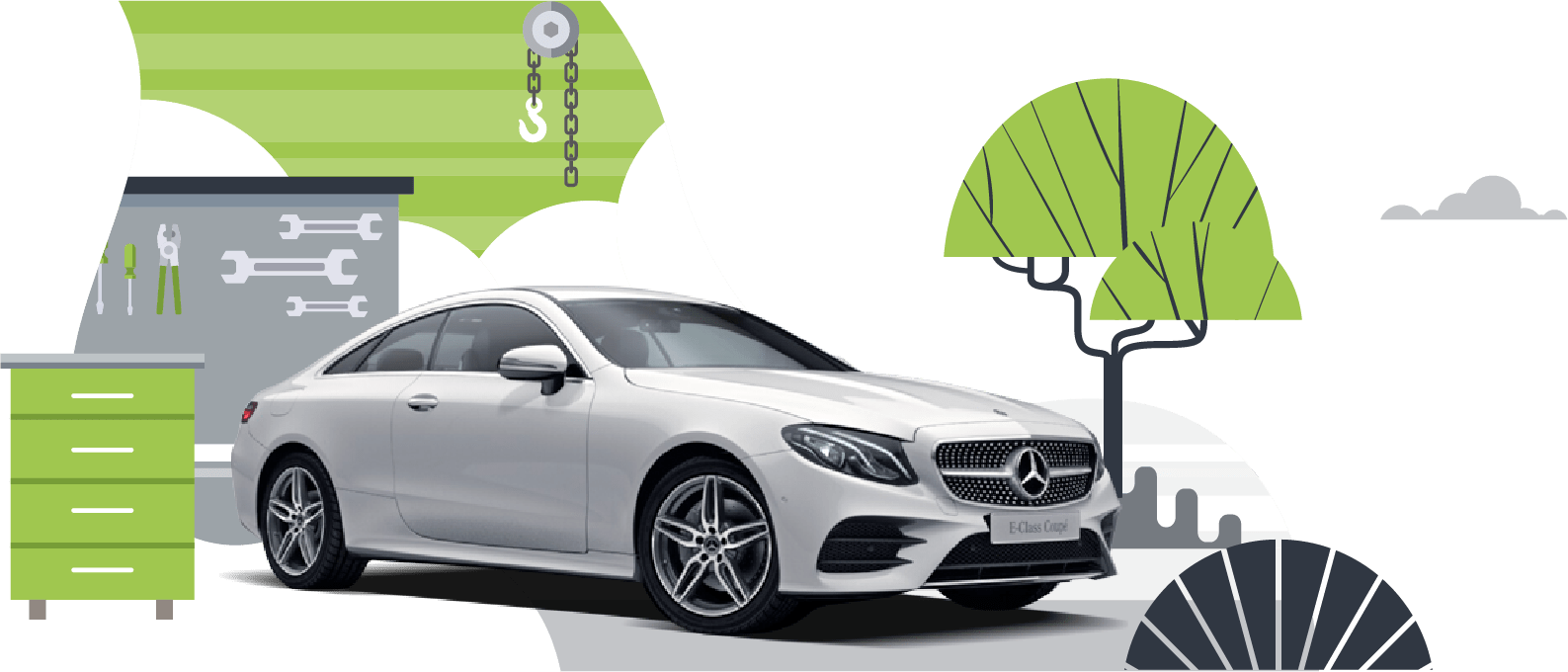Does car warranty cover clutch?
Many warranty providers exclude clutches on the grounds that they are ‘wear and tear’ items. However, it is possible to get warranties that do provide protection for this essential vehicle component.
What does the clutch do?
The clutch transfers rotational power from the engine to the gear box, bringing both parts up to the same speed. The default position is “on” but, by activating the clutch, you temporarily break the connection between the wheels and the engine, allowing the engine to turn at any speed.
What are the basic parts of the clutch?
The parts that make up the clutch are:
- Flywheel – a large metal disc attached to the engine crankshaft. It provides a friction surface for the clutch disc, giving a mounting surface for the clutch cover and acting as a cooling mechanism by dissipating heat.
- The clutch disc (friction disc) is fitted to the flywheel, connecting the engine with the gears. In steady motion, the disc presses on the flywheel so that both parts are rotating at the same speed.
- The clutch cover assembly fits over the disc and is bolted to the flywheel. These two components act together to effectively “sandwich” the disc, maintaining the default “on” position.
- Clutch release bearing – the clue here is in the name. When you depress the clutch pedal the release bearing moves towards the flywheel and moves the pressure plate away from the clutch disc, breaking the connection and interrupting the power flow – enabling you to change gear.
- Clutch release fork – a simple-looking piece of equipment, and a relatively inexpensive one compared with other parts of the system, this is probably the hardest-working part of the clutch. Every time you press down on your clutch pedal, the release fork pushes the other components.
How long will my clutch last?
A reasonable estimate would be around 75,000 miles, though it can vary between 30,000 and 100,000 miles. Like everything else in your car, it really depends how you use it.
The most common source of clutch problems is the disc, which is constantly being pressed against or released from the flywheel. If your clutch is not working properly, is slipping, shuddering, or excessively noisy, get it checked by a professional before a relatively minor problem becomes a bigger one.
Reduce wear on the clutch
Replacing a clutch is not a DIY project and needs to be undertaken by a professional. To avoid worrying about the question 'does my car warranty cover the clutch', it's best to look after it, and here are some tips:
- When you are in stationary traffic, slip into neutral and use the handbrake.
- Change gears quickly but carefully to ensure the clutch moves smoothly towards or away from the flywheel.
- Most damage occurs in first gear, so try to accelerate slowly and smoothly from a stationary position.
- Excess weight will wear the clutch. If you tow a caravan or trailer, ensure your vehicle has adequate engine power. Don’t overload the vehicle.
- Stay on flat roads as often as possible. Hill driving and hill starts put pressure on the clutch as you need to rev hard to get the vehicle moving.
- Think ahead – can you avoid frequent gear changes by simply driving more smoothly?
Clutch or brakes?
A balanced and gentle approach to slowing your vehicle protects both the clutch and brakes from excess wear and tear, but bear in mind that brake pads cost about half the price of the clutch to replace.


